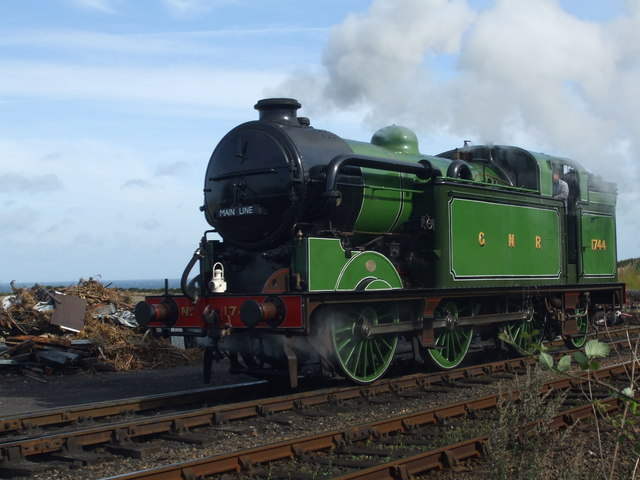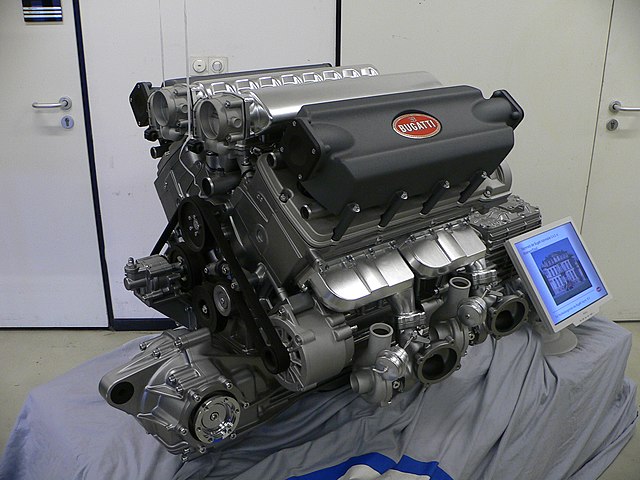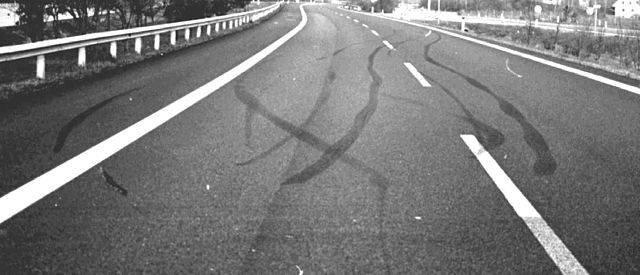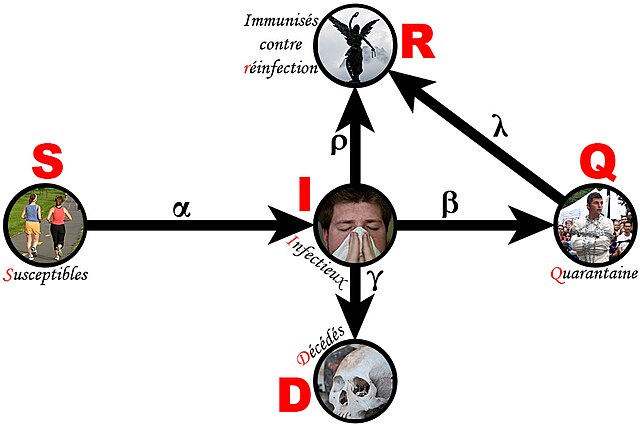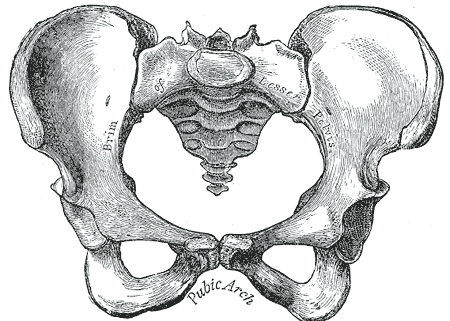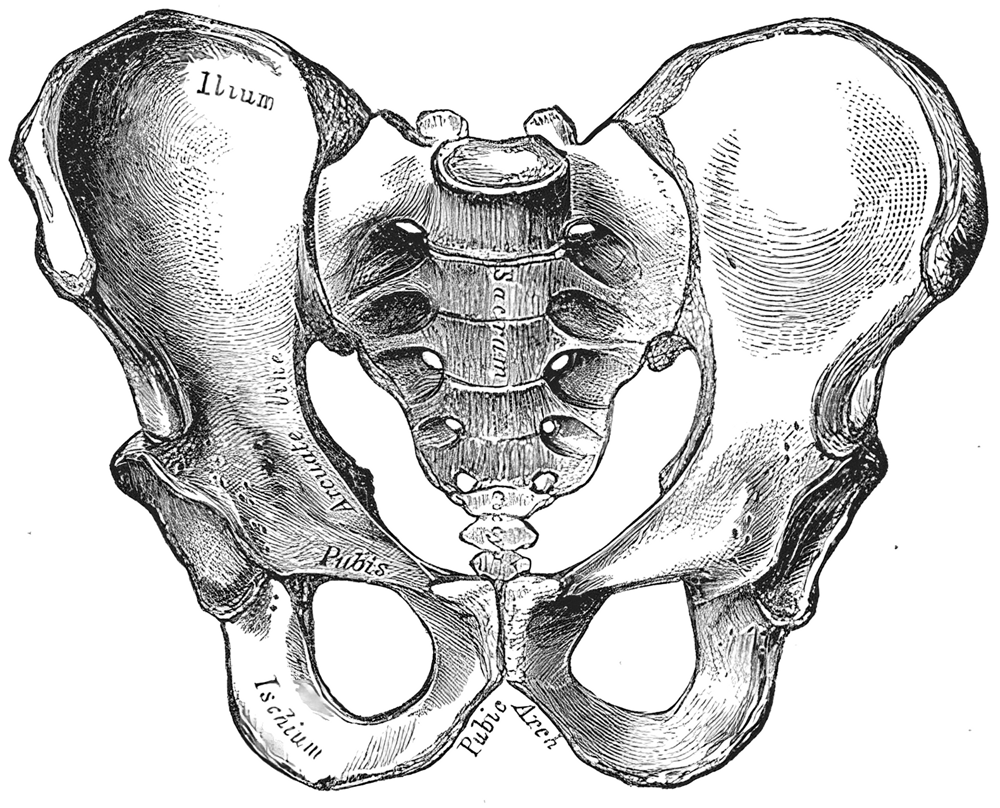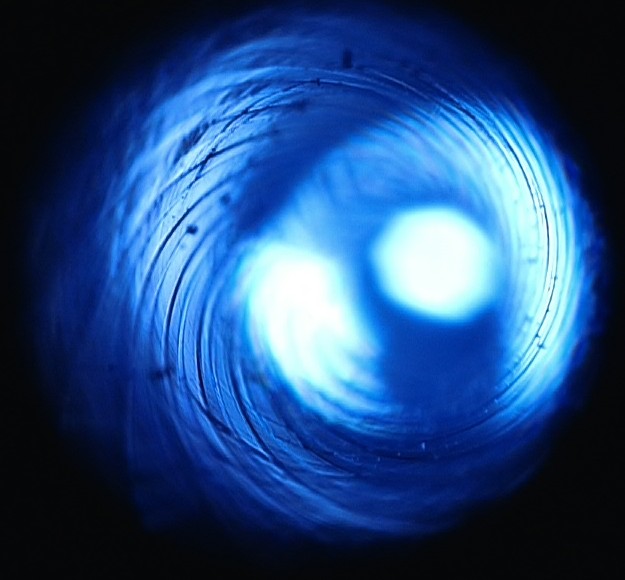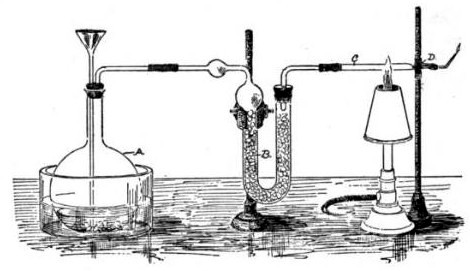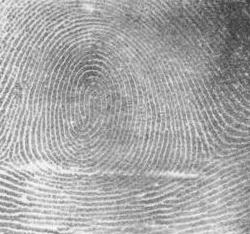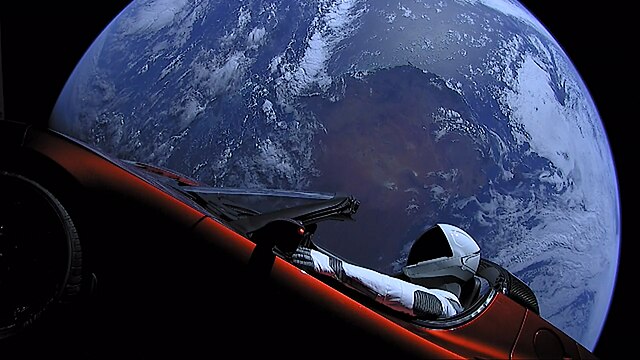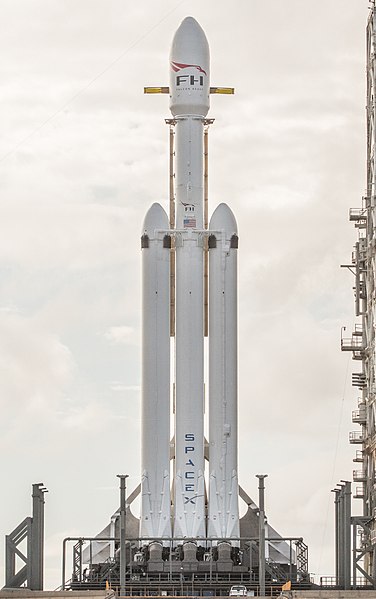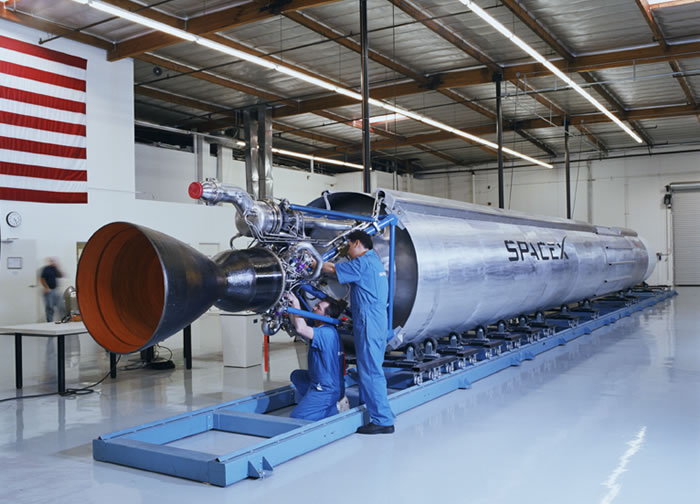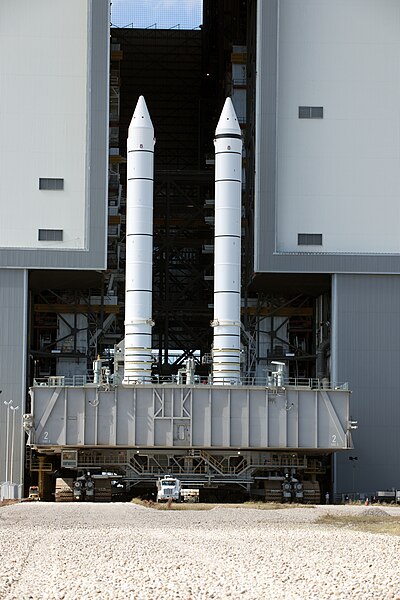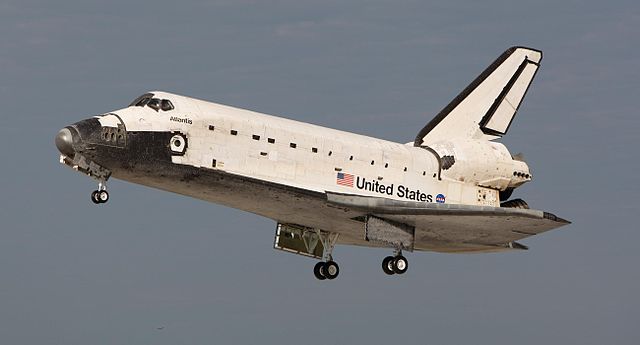We just learned about the Motor or engine that makes things move.
One very important part of most engines is the Gear.
Gears are wheels that have teeth on the end, and usually a hole in the middle.
The teeth on the end can match up with other gears that also have teeth.
So when one gear moves, it also turns the other gear.
If there is a big wide gear that is moving very slow, it can be hooked to a small gear that will spin very fast.
Or it can be hooked to a gear that is sideways, to change the direction of the movement.
Gears are in everything from car motors to clocks to bicycles.
Pretty much everything with moving parts uses at least one gear to help control the movement made by the energy!
The teeth on gears are called "cogs", and gears are sometimes called cogwheels.
Sometimes people will even refer to themselves as a "cog in the machine" meaning that they are just one part of a bigger machine that makes things work.


(from: wikipedia - gear)
Kid Facts - Blast from the past: Rockets - Star Tracker
